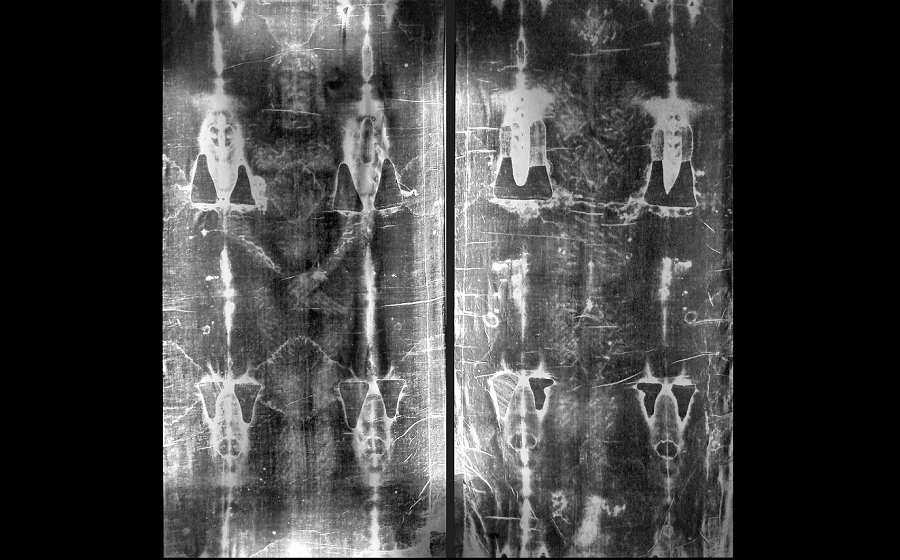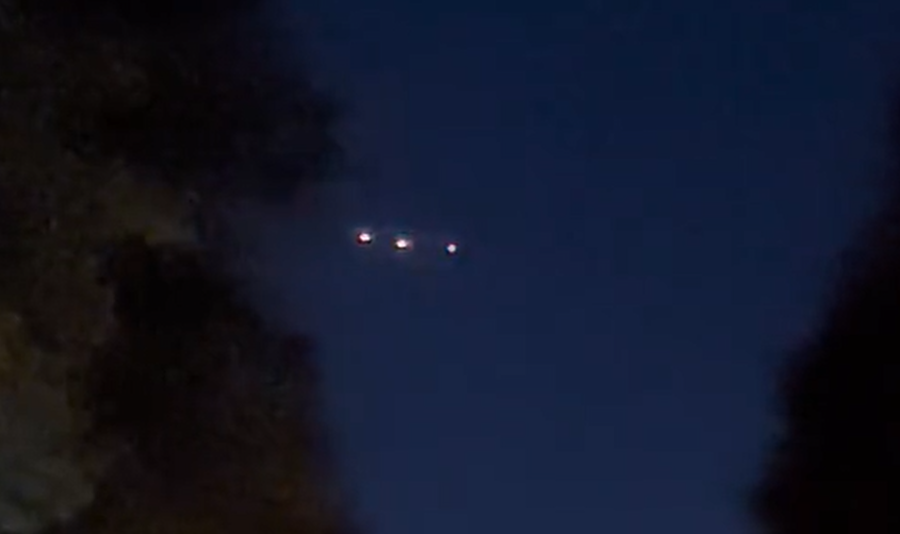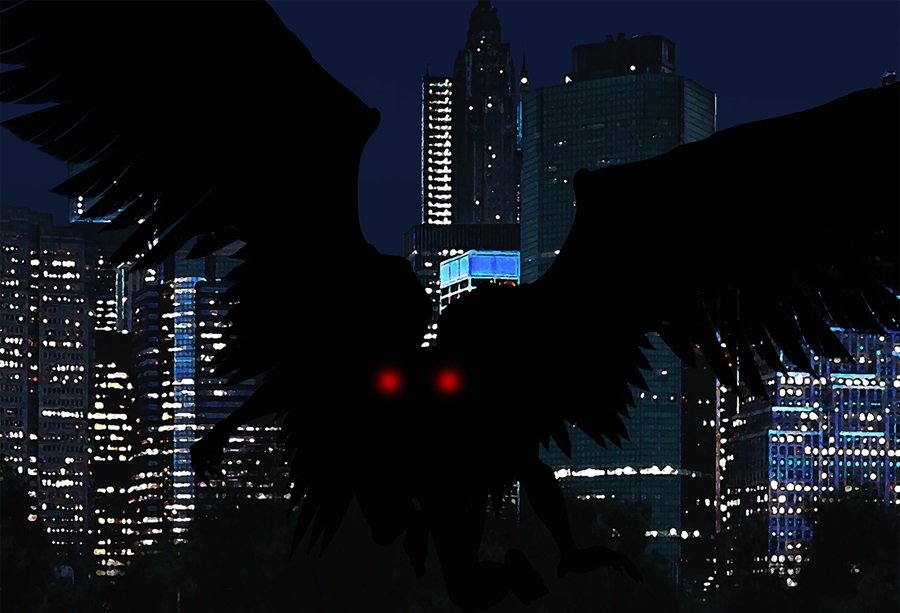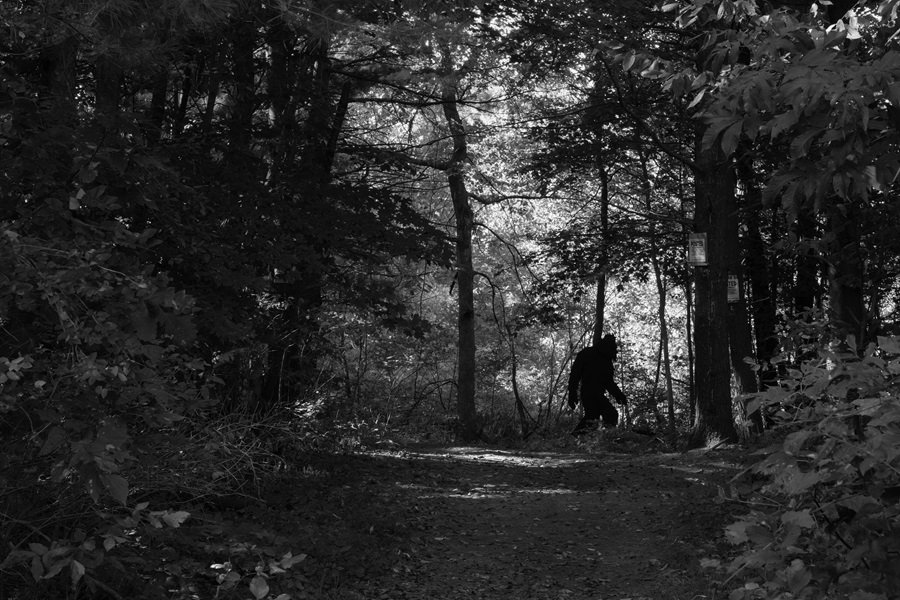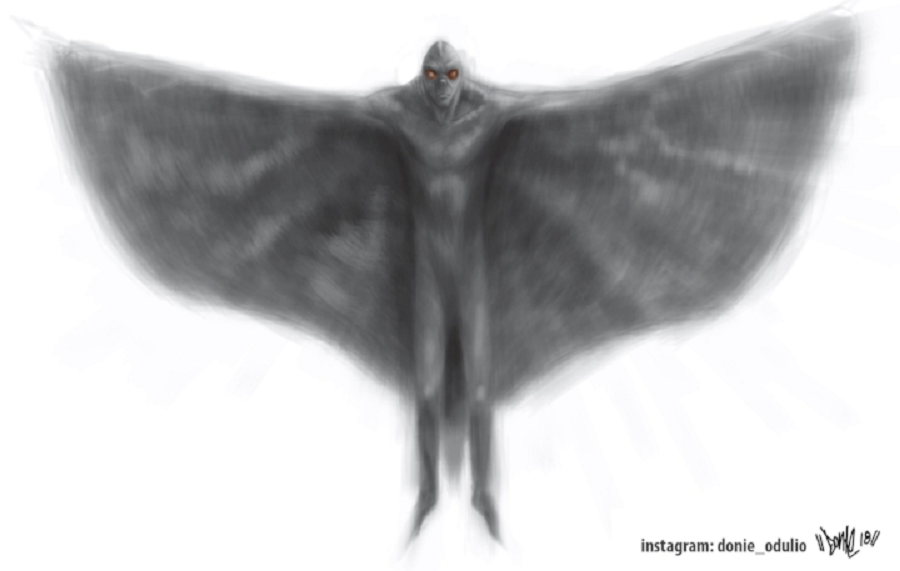Italian Scientist Says New X-Ray Dating Technique Shows Turin Shroud to be 2000 Years Old
The "face" on the Shroud of Turin (left) as compared to a photographic negative of it (right) taken in 1898. (Museum of the Bible)
In an interview with the National Catholic Registry (NCR), scientist Liberato De Caro of Italy's Institute of Crystallography of the National Research Council in Bari claimed that a new technique using "Wide-Angle X-Ray Scattering" to examine the natural aging of cellulose from a sample of linen cloth taken from the Shroud of Turin showed that the cloth dates back 2,000 years to the time when Christians believe Jesus Christ died and was resurrected.
De Caro, working with a team of other researchers, published the findings to Heritage, an international, peer-reviewed, open access journal of cultural and natural heritage science published quarterly by the Multidisciplinary Digital Publishing Institute (MPDI).
"For about 30 years, I have been using investigative techniques on the scale of atoms, in particular through X-rays, and three years ago we developed a new method for dating samples taken from linen fabrics," De Caro said during the interview with NCR.
A macroscopic example of a fabric microfiber is like that of a bundle of spaghetti: at first they all have the same length, but if you subject the bundle to accidental shocks, the more the shocks increase, the more the spaghetti breaks. As the number of shocks increases, always of the same intensity, the average length of the spaghetti decreases over time, until it reaches a minimum length.
A similar thing happens to the polymer chains of cellulose which, like spaghetti but with a section on the scale of a billionth of a meter, gradually break over the centuries due to the combined effect of temperature, humidity, light and the action of chemical agents in the environment in which they are found. Natural aging depends only on ambient temperature and relative humidity. We have therefore developed a method to measure the natural aging of flax cellulose using X-rays and then convert it into time elapsed since fabrication. The new dating method, based on a technique called Wide Angle X-Ray Scattering, was first tested on linen samples already dated using other techniques, on samples that had nothing to do with the Shroud, and then applied to a sample taken from the Shroud of Turin.
The result was an estimated age of approximately 2,000 years for the sample from the Shroud of Turin, something that stands in stark contrast to a controversial carbon-14 test performed several decades ago.
In 1988, the British Museum was asked by Church authorities responsible for the Shroud to act as independent overseers of the test and appointed Dr. Michael Tite, their Head of Research at the time, to act on their behalf.
That test was said to show the Shroud to be less than 700 years old and is held by many to be proof of a medieval hoax.
"In 1988, carbon-14 dating [also called radiocarbon dating, a method of age determination that depends upon the decay to nitrogen of radiocarbon] of samples taken from the Shroud by three separate laboratories indicated that it should only be about seven centuries old," De Caro said. "Therefore, according to the results of the radio-dating, the shroud wouldn’t be an authentic relic since it is from the medieval period."
However, fabric samples are usually subject to all kinds of contamination, which cannot always be controlled and completely removed from the dated specimen. About half the volume of a natural fiber yarn is empty space, interstitial space, filled with air or something else, between the fibers that compose it. Anything that gets in between the fibers must be carefully removed. If the cleaning procedure of the sample is not thoroughly performed, carbon-14 dating is not reliable. This may have been the case in 1988, as confirmed by experimental evidence showing that when moving from the periphery towards the center of the sheet, along the longest side, there is a significant increase in carbon-14 [radiocarbon].
In short, we are dealing with two dating techniques—radiocarbon and X-ray—which have very different results. In such cases, when two different techniques do not agree on a date, caution is required before final conclusions are reached. The technique of dating linen by X-ray is non-destructive. Therefore, it can be repeated several times on the same sample. Considering the results of medieval dating obtained by carbon-14, and those obtained by WAXS analysis which show compatibility with 2000 years of history, it would be more than desirable to have a collection of X-ray measurements carried out by several laboratories, on several samples, at most millimetric in size, taken from the Shroud. The technique using X-rays requires very small tissue samples, with linear dimensions even smaller than 1 mm, and this is an advantage compared to radio-dating, which usually requires much larger samples and is destructive, since only one measurement of the carbon-14 content can be made on the same sample.
De Caro isn’t the first person to recently challenge the validity of that 1988 carbon-14 test.
Earlier this month, documentary filmmaker David Rolfe issued a $1 million challenge to the British Museum because of their involvement in the testing, offering the money in exchange for proof that the Shroud of Turin is actually a medieval hoax.
According to a statement on Rolfe's website,
The British Museum stipulated five protocols they considered necessary if the test was to be conclusive. For various reasons, none of these protocols could be implemented. This should have meant that the test should not have proceeded until this state-of-affairs could be rectified. However, pressure from the C14 labs selected for the test persuaded the British Museum to proceed with the test anyway.
Despite a wealth of other evidence suggesting the Shroud could well be authentic, from that day of their damning verdict to this, the Shroud has virtually disappeared from public awareness. If the Shroud is such a crude forgery, it is reasonable to expect the British Museum to be able to replicate what this alleged medieval forger achieved and demonstrate the veracity of their conclusion in the face of this counter evidence.
Rolfe's new film, Who Can He Be?, reportedly covers what happened following the test, questioning The British Museum's conclusion that the Shroud was a medieval forgery.
As for De Caro, when asked if he planned on doing more work to authenticate the Shroud of Turin, he responded, "It all depends on the possibility of having new samples to analyze. In any case, besides the Shroud, there are other important linen relics traditionally associated with Jesus, for example, the Sudarium of Oviedo or the Veil of Manoppello, which I have also studied in the past. This new dating technique is only in its infancy."
To report your own encounter with the impossible, reach out to us directly at the Singular Fortean Society through our contact page.
If you enjoyed this article and would like to support the Singular Fortean Society, please consider becoming an official member by signing up through our Patreon page—membership includes a ton of extra content and behind-the-scenes access to the Society’s inner workings.






